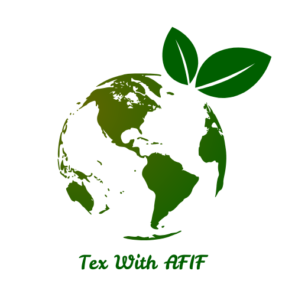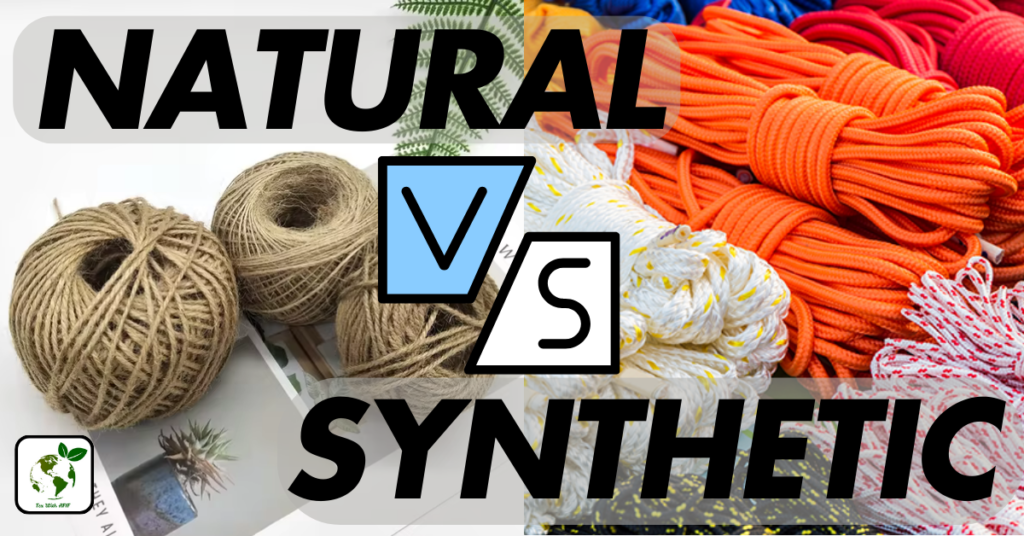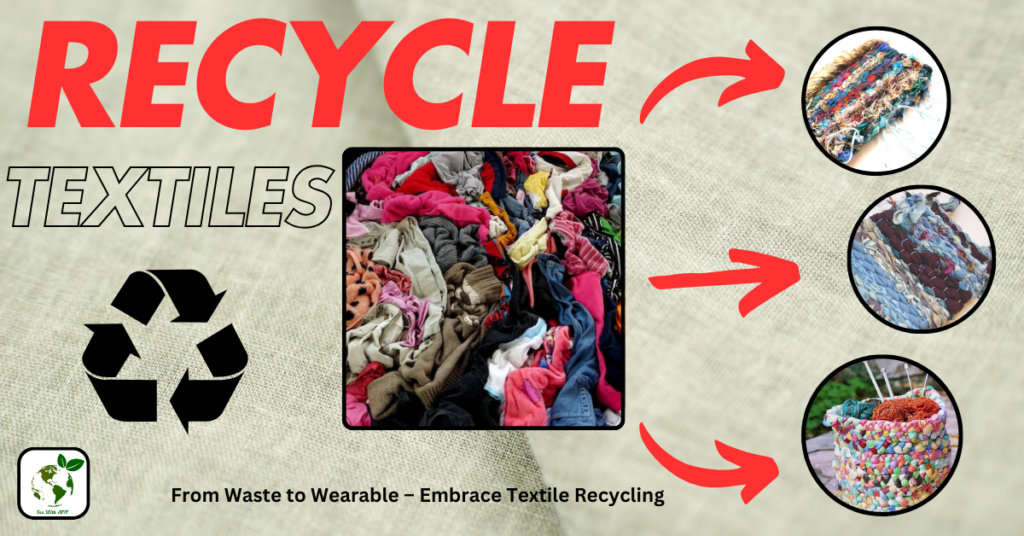Hello, well-wishers!! It’s me, AFIF AL TAMIM. Today I will discuss the method of making spider silk. Stay tuned.
Spider silk is produced by special silk glands in spiders. This process is quite complex. Below is its manufacturing process.
Silk Glands:
Spiders have multiple silk glands, each of which produces a different type of silk with different characteristics. The strong dragline silk used as the structure of the net is produced from ampullate glands, and the stretched silk used in the capture spiral of the net is produced from flagelliform glands.
Silk proteins:
Inside the glands is a liquid silk protein called spidroin. It is stored in highly concentrated form. These proteins are mainly composed of repeating sequences of amino acids, which give silk its strength and elasticity.
Spinning process:
When a spider is ready to spin silk, it squeezes the silk proteins through a narrow tube or spinneret. As the liquid silk proteins pass through the spinneret, they are converted from liquid to solid fibers. Changes in pH, ion concentration, and physical stretching help align proteins that increase fiber strength and elasticity.
Final fiber formation:
The silk fiber comes out of the spinneret and is now ready for all sorts of uses, including making webs, wrapping prey, and making egg sacs.
The spider has the ability to control the thickness and stiffness of the silk and adjust it as needed.

Spider silk is very thin, fine fiber It is very strong and resilient. It is stronger than steel by weight. It can be stretched in air or under mechanical stress. Engineers consider it as an ideal fiber. Which can be used to make very strong fabrics that are elastic and lightweight.
Advantages :
- Incredible Strength: Despite being extremely light, spider silk is stronger than steel of the same diameter, making it one of the strongest natural materials known.
- High Elasticity: It can stretch up to five times its original length without breaking, offering impressive flexibility and resilience.
- Biodegradable: Spider silk is an environmentally friendly material as it is completely biodegradable, unlike synthetic fibers that contribute to pollution.
- Lightweight: Spider silk is incredibly light, making it ideal for applications where weight is a crucial factor.
- Biocompatibility: Spider silk is non-toxic and well-suited for medical applications, such as sutures or wound dressings, due to its ability to integrate safely with the human body.
- Durability: It resists wear and tear, making it suitable for long-lasting products such as advanced textiles and safety gear.
- Water Resistance: Spider silk is naturally water-resistant, making it useful for various applications where moisture exposure is a concern.
- Self-healing: Certain types of spider silk can repair themselves after minor damage, further extending its lifespan in applications.
Disadvantages :
- Difficult to Harvest in Large Quantities: Spiders produce relatively small amounts of silk compared to silkworms, making large-scale production challenging and inefficient.
- High Production Costs: Harvesting and processing spider silk is labor-intensive and costly, making it less economically viable for mass production.
- Limited Spider Farming: Unlike silkworms, which can be farmed in large numbers, spiders are territorial and cannibalistic, making it difficult to raise them in large-scale environments for silk production.
- Inconsistent Quality: The properties of spider silk can vary depending on the species and the conditions under which it is produced, leading to inconsistencies in its quality and strength.
- Complex Production Process: Unlike synthetic fibers, which can be mass-produced in factories, spider silk requires specific biological conditions for its production, which makes it hard to replicate at scale.
- Ethical Concerns: Harvesting spider silk from living spiders can raise ethical issues regarding animal treatment, especially given the difficulty in farming spiders in controlled environments.
- Limited Availability: Due to the challenges in mass production, spider silk is still relatively rare and unavailable for widespread commercial use in most industries.




Pingback: Natural vs Synthetic Fibers-Difference-Types-Benefits 2025
Pingback: How to recycle textiles? Recycling process of textiles 2025
Pingback: How Bamboo Fiber Fabric is made? Mechanically-Chemically
Pingback: What is the Textile Industry? Definition-Sections &more-2025